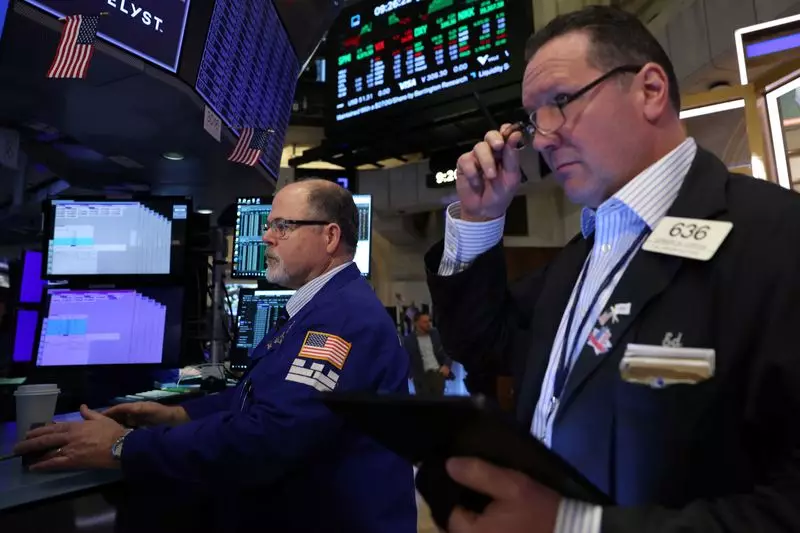In the evolving landscape of U.S. financial markets, the interplay of economic data, government policies, and investor sentiment continues to shape stock performance. Recent trading scenarios indicate a cautious optimism among investors, hinging on forthcoming reports and the implications of new governmental strategies as the Trump administration approaches.
Friday opened with modest gains in stock futures, with Dow E-minis climbing by 85 points and the S&P 500 E-minis increasing by 16.25 points. Meanwhile, the Nasdaq 100 E-minis rose by 85.25 points. However, this uptrend belies a troubled start to the new year, as major Wall Street indices faced a decline over four consecutive sessions. This deviation from a historical market rally that typically characterizes the closing days of December and the initial days of January raises questions about investor confidence and market dynamics.
The S&P 500 and Dow are both projected to experience a weekly decline exceeding 1%, while the tech-heavy Nasdaq is expected to contract nearly 2%. This downturn is particularly notable as technology stocks, which have largely driven market performance for the last two years, are among the hardest hit. The root of this hesitance can be traced to concerns surrounding the economic strategies proposed by President-elect Trump, whose administration will influence both market operations and investor outlook.
As a Republican-led Congress prepares for its inaugural session and the Trump administration’s swearing-in on January 20, the market grapples with a cocktail of policy possibilities. Trump’s known agenda includes lowering corporate taxes and relaxing regulations, which, while potentially stimulating economic growth and corporate profitability, also poses a risk of inflation spikes and challenges to monetary policy easing.
The yield on the 10-year Treasury note hovers around the pivotal 4.5%, a threshold that reflects investor apprehension about inflationary pressures. Market projections suggest a likelihood of the Federal Reserve reducing interest rates by approximately 50 basis points within the year, contingent on continued signs of economic resilience. Thus, the upcoming ISM manufacturing report and labor statistics due next week will be crucial in shaping the market’s expectations.
Investor anxiety is palpable amid concerns about overheated equity valuations, but optimism remains for another productive year for U.S. stocks, driven by robust corporate earnings. The forthcoming quarterly earnings reports will serve as a pivotal indicator for sustaining the bull market, which has persisted for over two years. Company-specific developments, such as Tesla’s premarket recovery of 1.1% after a tumultuous day following disappointing delivery reports, underscore the volatility in a landscape defined by rapid changes in investor sentiment.
Conversely, U.S. Steel’s dramatic 8.2% drop following news of a blocked merger highlights how political decisions can significantly impact stock performance. The anticipated U.S. automobile sales report is another critical data point that could sway market dynamics later in the day.
As the markets operate in a state of flux, the week ahead promises to be pivotal. Investors will not only digest economic reports but will also remain attuned to the political narrative as it unfolds. The interplay between potential policy changes and market performance will be a significant determinant of the trajectory for U.S. stocks in the near term.
The current market environment exhibits a blend of cautious optimism and prevailing uncertainty. With significant data releases on the horizon and a new political administration set to influence economic policies, stakeholders will need to stay vigilant and responsive to what lies ahead. The confluence of these factors will chart the course for investors, entrusting them with the delicate balance of risk and reward in a transitioning economic landscape.

